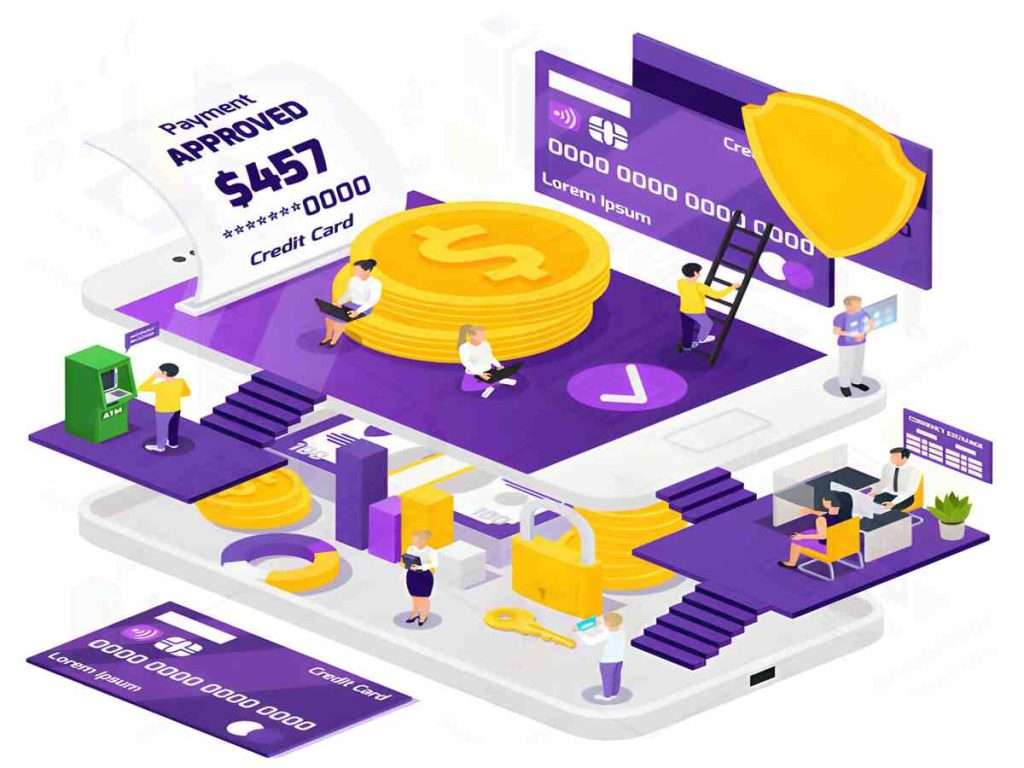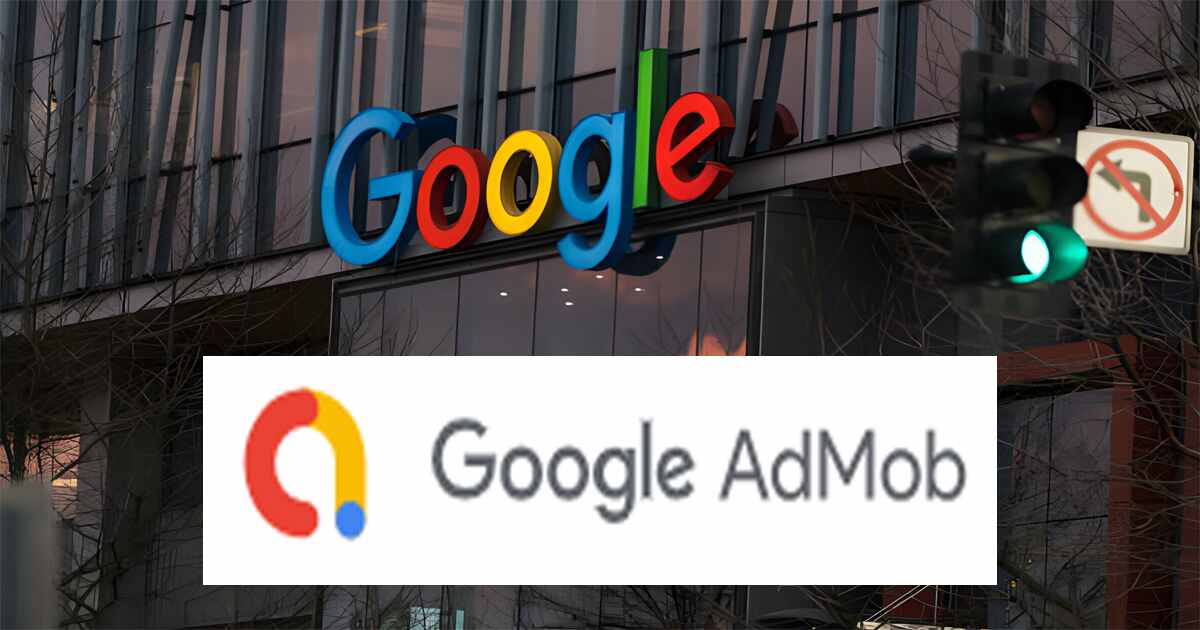Embarking on earning money through application development involves a strategic approach and a blend of technical skills, creativity, and business acumen. To begin, identify a niche or problem that your application solves effectively. Once your app is developed, create a user-friendly interface and seamless functionality (Earn Money From App Development).
Monetization options vary, but popular strategies include in-app purchases, subscription models, and advertisements. Implementing a freemium model, where users can access basic features for free but pay for premium functionalities, can also be lucrative. Consider collaborating with other businesses for partnerships or affiliate marketing within your app.
To maximize revenue:
- Prioritize marketing and create a solid online presence.
- Utilize social media platforms and app store optimization.
- Regularly update your app based on user technological advancements to stay competitive.
Table of Contents
ToggleBest 3 Ways App Monetization Platforms For Developers
1. Google Admob
Google AdMob is a pivotal player in mobile app monetization, offering developers a robust platform to generate revenue through advertisements. As part of the expansive Google ecosystem, AdMob seamlessly integrates with Android and iOS applications, providing a comprehensive suite of ad formats to cater to diverse developer needs.
One of AdMob’s strengths lies in its versatility, supporting various ad types such as banner ads, interstitials, and rewarded videos. This flexibility allows developers to choose the format that best aligns with their app’s content and user experience. The integration process is streamlined, offering ease of use for developers seeking to implement ads and maximize their earning potential.
Implementing ads in Google AdMob
Implementing ads in Google AdMob involves seamlessly integrating ads into your mobile app.
- Create an AdMob Account:
-
- If you don’t have an AdMob account, sign up for one using your Google account.
- Once registered, create an ad unit for your app.
- Integrate the AdMob SDK:
-
- Download the AdMob SDK for your platform (iOS or Android).
- Integrate the SDK into your app by adding the necessary code snippets. This is usually done in the app’s source code.
- Set Up Ad Units:
-
- In your AdMob account, create ad units (e.g., banner ads, interstitials, rewarded videos) that match the ads you want to display in your app.
- Link AdMob to Your App:
-
- Connect your AdMob account to your app by adding the AdMob App ID to your app’s code. This ID associates your app with your AdMob account.
- Load Ads in Your App:
-
- Use AdMob SDK functions to load ads into your app. For example, you can load a banner ad into a specific location or trigger the display of an interstitial ad at a particular point in your app.
- Handle Ad Events:
-
- Implement callbacks to handle ad events, such as when an ad is successfully loaded, fails to load, or when a user interacts with an ad.
- Test Your Implementation:
-
- Use test ad units provided by AdMob during development to ensure that ads are displayed correctly in your app without violating AdMob policies (Earn Money From App Development).
- AdMob Mediation (Optional):
-
- Consider using AdMob mediation to incorporate ads from multiple ad networks to maximize your fill rate and revenue.
- Comply with AdMob Policies:
-
- Ensure that your app and ad implementation comply with AdMob’s policies to avoid any issues or suspensions.
- Monitor and Optimize:
- Regularly check AdMob analytics to monitor ad performance. Optimize your ad strategy based on user engagement and revenue metrics.
Following these steps, you can effectively implement ads in Google AdMob and monetize your mobile app. Remember that a smooth integration and adherence to best practices contribute to a positive user experience and higher ad revenue.
2. Facebook Audience Network
Facebook Audience Network emerges as a potent tool for app developers seeking to monetize their creations by seamlessly integrating targeted advertisements. A natural extension of the social media giant Facebook, this network extends its reach beyond the traditional confines of the platform, enabling developers to tap into a vast user base.
The strength of the Facebook Audience Network lies in its ability to deliver relevant ads, leveraging the extensive user data accumulated on the platform. This enhances user engagement and boosts the likelihood of ad interactions. The network supports various formats, including native ads, interstitials, and rewarded videos.
A straightforward process facilitates integration into mobile applications. Developers must create an account on the Facebook Audience Network, set up their ad placements, and integrate the SDK into their app. The result is a symbiotic relationship where developers gain revenue, advertisers reach a broader audience, and users encounter ads that align with their interests.
Implementing ads in the Facebook Audience Network
Implementing ads in the Facebook Audience Network involves a series of steps to integrate targeted advertisements into your mobile app seamlessly.
- Create a Facebook Developer Account:
-
- If you don’t have one, create a Facebook Developer account at developers.facebook.com.
- Create a New App:
-
- In the Facebook Developer Dashboard, create a new app. This app will represent your mobile application for ad integration.
- Set Up Facebook Audience Network:
-
- Within your app settings, navigate to the ‘Monetization Manager’ and set up Facebook Audience Network for your app.
- Create Ad Placements:
-
- Define ad placements within your app where you want to display ads. This could include native ads, interstitials, banners, or rewarded videos.
- Integrate the Facebook Audience Network SDK:
-
- Download the Facebook Audience Network SDK for your platform (iOS or Android).
- Integrate the SDK into your app’s codebase. This is typically done by adding the necessary dependencies and initializing the SDK in your app.
- Implement Ad Loading:
-
- Use the provided SDK functions to load ads into your app. Specify the ad placement ID to ensure the correct type of ad is displayed in each designated location.
- Handle Ad Events:
-
- Implement callbacks to handle various ad events, such as when an ad is successfully loaded, fails to load, or when a user interacts with the ad (Earn Money From App Development).
- Test Ads:
-
- During development, use Facebook’s test ad placements to ensure that ads are displayed correctly in your app without violating policies.
- Submit Your App for Review:
-
- Before going live, submit your app and ad placements for review by Facebook. This ensures compliance with their policies and guidelines.
- Monitor Performance:
- Regularly check the performance metrics provided by Facebook Audience Network. Use the insights to optimize ad placements and maximize revenue.
By following these steps, you can effectively implement ads through the Facebook Audience Network and unlock the monetization potential of your mobile app. Ensuring compliance with Facebook’s policies and providing a positive user experience are critical factors for successful ad integration.
3. Unity Ads
Unity Ads emerges as a dynamic and versatile monetization solution for game developers, seamlessly integrating advertisements into the gaming experience. Born from the Unity game development platform, Unity Ads facilitates a symbiotic relationship between developers, advertisers, and players, providing a lucrative avenue for revenue generation.
The integration process is streamlined, requiring developers to integrate the Unity Ads SDK into their game projects. Unity Ads then utilizes machine learning algorithms to optimize ad delivery, ensuring players see relevant and compelling advertisements. This targeted approach enhances user satisfaction and, consequently, boosts ad revenue.
Implementing ads in Unity
Implementing ads in Unity involves a straightforward process that allows game developers to monetize their creations effectively.
- Create a Unity Account:
-
- If you don’t have one, create an account on the Unity platform.
- Download and Install Unity:
-
- Download and install the Unity development environment on your computer.
- Create or Open Your Game Project:
-
- Create a new game project or open an existing one in Unity.
- Integrate Unity Ads SDK:
-
- Download the Unity Ads SDK from the Unity Asset Store or the Unity Package Manager.
- Integrate the SDK into your Unity project by importing the package.
- Set Up Your Unity Ads Account:
-
- Create an account on the Unity Ads dashboard.
- Set up your game project within the Unity Ads dashboard.
- Configure Ad Placements:
-
- Decide where you want to display ads in your game and create corresponding ad placements in the Unity Ads dashboard. Standard ad formats include rewarded videos, interstitials, and banners.
- Implement Code for Ad Loading:
-
- In your game’s code, implement functions to load ads. Unity provides scripts and documentation to assist with this process.
- Handle Ad Events:
-
- Implement callbacks to handle various ad events, such as when an ad is successfully loaded, fails to load, or when a user interacts with the ad.
- Test Ads:
-
- Use test ad placements provided by Unity during development to ensure that ads are displayed correctly and to verify the integration.
- Build and Deploy Your Game:
-
- Build your game for the desired platforms (iOS, Android, etc.) and deploy it with the integrated Unity Ads.
- Monitor Performance:
-
- Utilize the Unity Ads dashboard to monitor the performance of your ads. Analyze metrics such as impressions, clicks, and revenue to optimize your ad strategy.
By following these steps, game developers can effectively implement ads in Unity, creating a pathway to monetization while providing players with a seamless and engaging experience. Remember to adhere to Unity Ads policies and guidelines to ensure a positive user experience and compliance with the platform’s terms.
Other ways to earn money are app development, Amazon Mobile Ads, In-App Purchases, Chartboost, Apple iAd Network, Subscription Models, etc.




